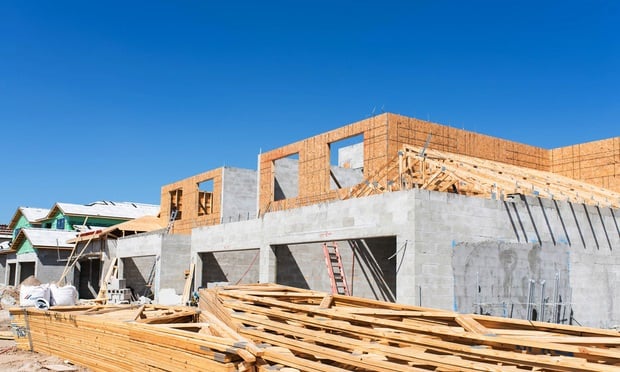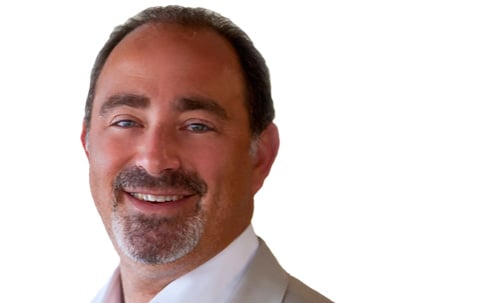 SCOTTSDALE, AZ—The popularity of minute clinics and urgent care centers, often at convenient, retail-oriented sites, has increased over the past several years, causing the systems to go where the patients are rather than vice versa. That is according to speakers at RealShare Healthcare Real Estate conference on Thursday.
SCOTTSDALE, AZ—The popularity of minute clinics and urgent care centers, often at convenient, retail-oriented sites, has increased over the past several years, causing the systems to go where the patients are rather than vice versa. That is according to speakers at RealShare Healthcare Real Estate conference on Thursday.
David Wilson, EVP of Lockard Cos. and 2018 CCIM president, moderator of the “Healthcare Goes Retail” panel asked about whether the retailization of healthcare was just a fad or if it will stick around a while. The consensus among speakers was that it is here to stay. “In particular, the standalone facilities will probably do better,” said Ben Ochs, CEO of Anchor Health Properties.
As time has gone on, retailization of healthcare is more and more at the forefront of discussion with providers when looking at where they want to locate, explained John Pollock, COO of Meridian. “It is about visibility. I don't think it is a fad. I think in some markets it is untenable in terms of cost and rents, so I don't know how we will manage that.”
Panelist Gino Lollio, VP of investment at Marcus & Millichap, said that it is really about convenience, cost, and time for the operator and the patient. If you can bring the services to the daily commute, and get into their footpaths, get them in and out, then it works, he said. “The other benefit of this trend is that it relieves the pressure off emergency rooms.”
As for reasons for the trend, Ochs also pointed out that there has been consolidation in the industry and the ACA has helped healthcare providers realize they need to get out into the community. “It is about getting out there and being in highly visible locations that are well trafficked,” he said. “Our health systems want you to stop at a traffic sight right in front of their sign.”
Pollock has had providers say, “if Chick-fil A wants to be there, it is probably a place we want to be at.” He noted that some companies are also staffing internally for site selection purposes with people who have retail background specifically to help find prime locations.
Lollio also pointed out that those providers taking those retail spots are also filling a void. “Providers can identify voids in the market that on a large national scale leave a hole in the space. And the corners and the locations have already been vetted because they are retail. They kind of piggy back off of that.”
But if it is a cherry corner, the provider will pay retail prices, explained Ochs. “But they want a drive by destination, not a drive to destination.”
And many of the providers taking over the big retail boxes, according to Lillio, are ortho groups. But one of the big issues is making sure you can turn it far enough around to where it at least resembles an office building, he added, “otherwise, investors will say, 'I can't buy that.'”
 SCOTTSDALE, AZ—The popularity of minute clinics and urgent care centers, often at convenient, retail-oriented sites, has increased over the past several years, causing the systems to go where the patients are rather than vice versa. That is according to speakers at RealShare Healthcare Real Estate conference on Thursday.
SCOTTSDALE, AZ—The popularity of minute clinics and urgent care centers, often at convenient, retail-oriented sites, has increased over the past several years, causing the systems to go where the patients are rather than vice versa. That is according to speakers at RealShare Healthcare Real Estate conference on Thursday.
David Wilson, EVP of Lockard Cos. and 2018 CCIM president, moderator of the “Healthcare Goes Retail” panel asked about whether the retailization of healthcare was just a fad or if it will stick around a while. The consensus among speakers was that it is here to stay. “In particular, the standalone facilities will probably do better,” said Ben Ochs, CEO of Anchor Health Properties.
As time has gone on, retailization of healthcare is more and more at the forefront of discussion with providers when looking at where they want to locate, explained John Pollock, COO of Meridian. “It is about visibility. I don't think it is a fad. I think in some markets it is untenable in terms of cost and rents, so I don't know how we will manage that.”
Panelist Gino Lollio, VP of investment at Marcus & Millichap, said that it is really about convenience, cost, and time for the operator and the patient. If you can bring the services to the daily commute, and get into their footpaths, get them in and out, then it works, he said. “The other benefit of this trend is that it relieves the pressure off emergency rooms.”
As for reasons for the trend, Ochs also pointed out that there has been consolidation in the industry and the ACA has helped healthcare providers realize they need to get out into the community. “It is about getting out there and being in highly visible locations that are well trafficked,” he said. “Our health systems want you to stop at a traffic sight right in front of their sign.”
Pollock has had providers say, “if Chick-fil A wants to be there, it is probably a place we want to be at.” He noted that some companies are also staffing internally for site selection purposes with people who have retail background specifically to help find prime locations.
Lollio also pointed out that those providers taking those retail spots are also filling a void. “Providers can identify voids in the market that on a large national scale leave a hole in the space. And the corners and the locations have already been vetted because they are retail. They kind of piggy back off of that.”
But if it is a cherry corner, the provider will pay retail prices, explained Ochs. “But they want a drive by destination, not a drive to destination.”
And many of the providers taking over the big retail boxes, according to Lillio, are ortho groups. But one of the big issues is making sure you can turn it far enough around to where it at least resembles an office building, he added, “otherwise, investors will say, 'I can't buy that.'”
Continue Reading for Free
Register and gain access to:
- Breaking commercial real estate news and analysis, on-site and via our newsletters and custom alerts
- Educational webcasts, white papers, and ebooks from industry thought leaders
- Critical coverage of the property casualty insurance and financial advisory markets on our other ALM sites, PropertyCasualty360 and ThinkAdvisor
Already have an account? Sign In Now
© 2024 ALM Global, LLC, All Rights Reserved. Request academic re-use from www.copyright.com. All other uses, submit a request to [email protected]. For more information visit Asset & Logo Licensing.








